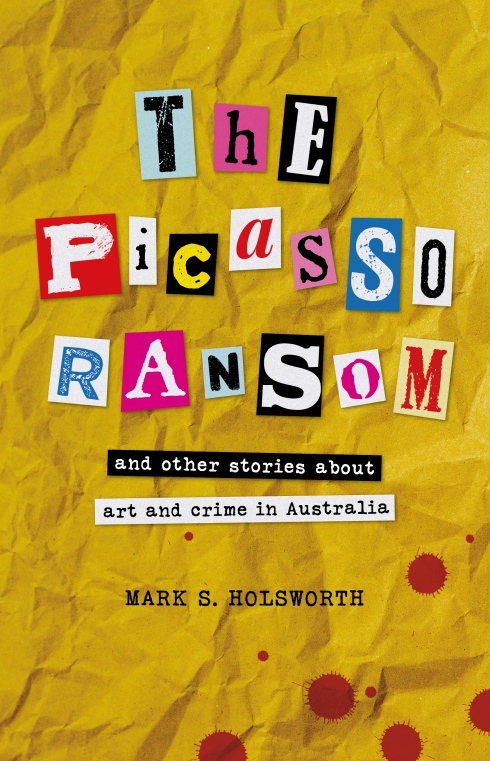The Uses of Art in Public Space was a free public research symposium on Tuesday 12th of March hosted by RMIT University’s Design Research Institute and convened by Quentin Stevens. Held in the “Design Hub” (RMIT Building 100); that building on the corner Victoria and Swanston Street covered with round plates of glass.
The conference looked at public art in a broad sense to include commissioned and unofficial artworks, memorials, street art, advertising, and street furniture – all topics that I’ve looked at in this blog. Jane Rendell of University College London in her opening address on “The Use of an Object” spoke via video about the use value of public art as distinct from exchange value of private art. Rendell also noted that to use an object is to relate to it.
This was followed by two talks about the unconventional use of public art and street furniture by parkour and skateboarders. Mirko Guaralda presented a paper by himself and Christopher Rawlinson, QUT on “The Art of Parkour of Art”. And Mat de Koning and Tim Yuen from Perth gave an excellent talk on “Skate Sculpture” (check out their website). Both parkour and skateboards change the normal navigation features of the city; edges become paths and the presence of spectators can change a path to a node.
Anton Hasell, the artist who created Melbourne’s Federation Bells, spoke about “Art in Public Space as Multi-Sensory Sites of Experience”. Hasell is a technological optimist who wants shared creative interactive public spaces.
Karen A. Franck from New Jersey Institute of Technology in her paper “The Life and Death of Public Art Works” gave a basic structure to what can happen to public art: occupation, addition, subtraction, multiplication, (re)moving and destroying. Another paper that gave structure to the issue was Quentin Stevens “The Ergonomics of Public Art”. Stevens looked at the opportunities afforded by public sculpture: a table, a shelter, holding on to, leaning on, a challenge or something to fall off. As opposed to the way that city councils think about how to make areas less useful with anti-seating, anti-climbing, anti-skateboard knobs and skate-stoppers.
Then there were several papers that looked at specific examples of using public art. Shanti Sumartojo from Australian National University spoke about “Trafalgar Square’s Fourth Plinth: creating and contesting national identity”. Julia Lossau of the University of Bremen talked on “Tree Planting: The use of public art in an urban regeneration project in Glasgow”.
Kate MacNeill from the University of Melbourne gave a paper on “The quotidian life of art in public places” looking at the ordinary, unmediated engagement with public art: touch, play, emersion and contemplation with examples from familiar Melbourne public sculptures. And, to complete the variety of public art covered by this symposium, Lachlan MacDowall of the Victorian College of the Arts spoke about “The Uses of Street Art”.
Finally there was a panel discussion that ranged across a variety of topics that had not been covered in the symposium from the relationship between artists and architects to the moral rights of the artist to determine interactions. The symposium presented lots of ways of looking at the use of public art that will influence my thinking on the topic for years to come.


What are your thoughts?